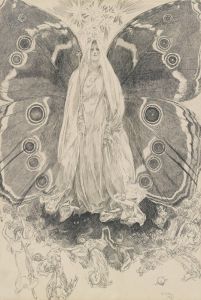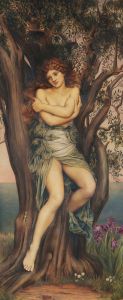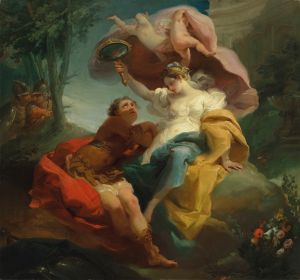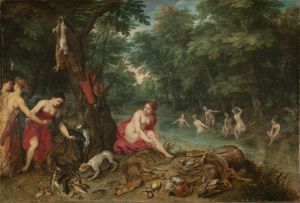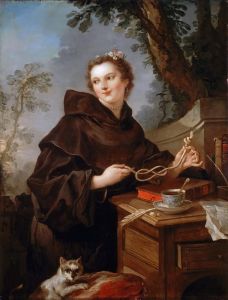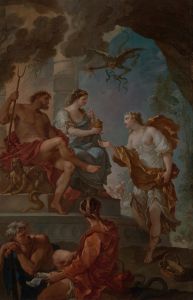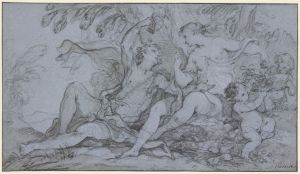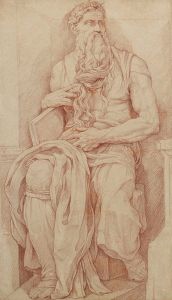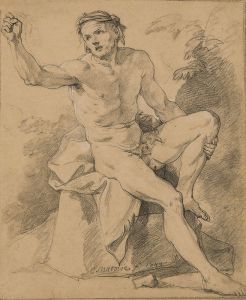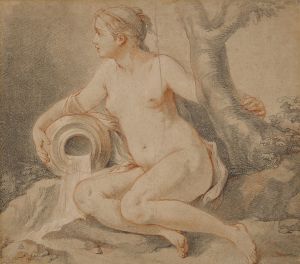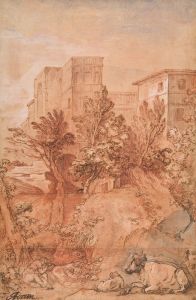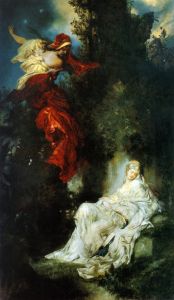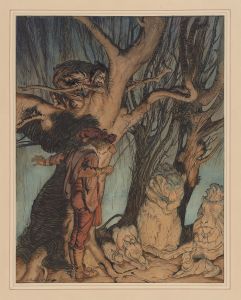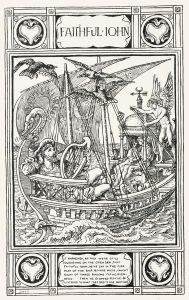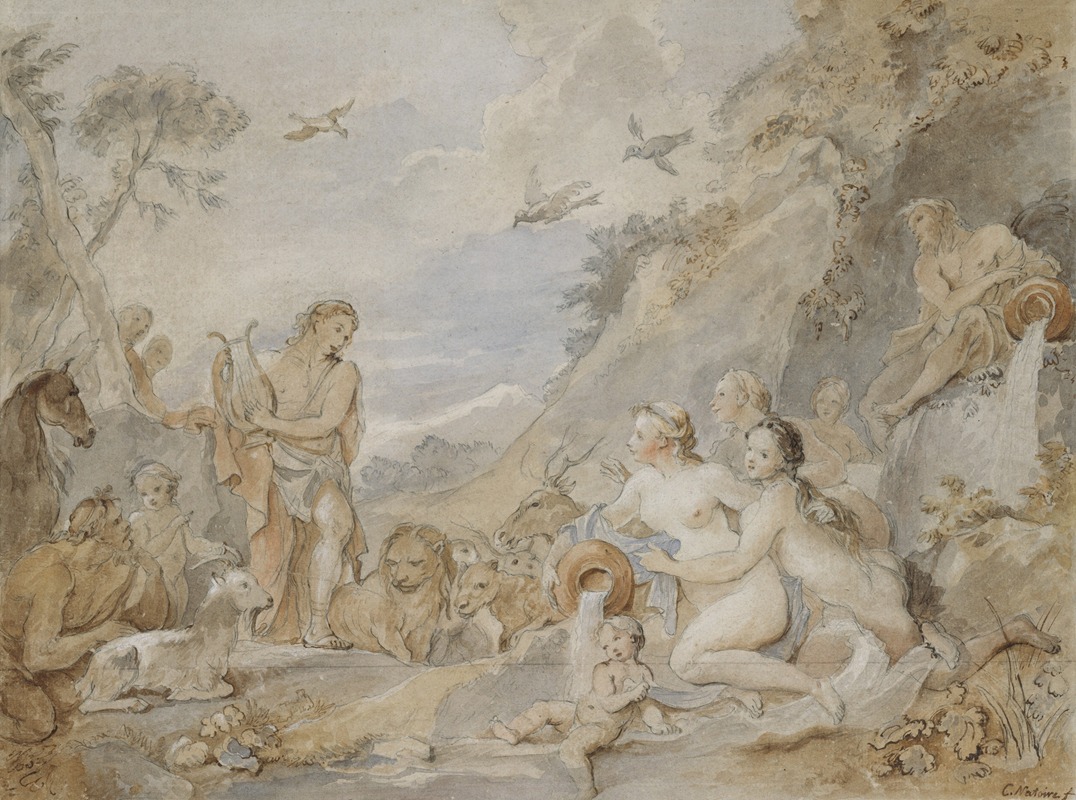
Orpheus Charming the Nymphs, Dryads, and Animals
A hand-painted replica of Charles-Joseph Natoire’s masterpiece Orpheus Charming the Nymphs, Dryads, and Animals, meticulously crafted by professional artists to capture the true essence of the original. Each piece is created with museum-quality canvas and rare mineral pigments, carefully painted by experienced artists with delicate brushstrokes and rich, layered colors to perfectly recreate the texture of the original artwork. Unlike machine-printed reproductions, this hand-painted version brings the painting to life, infused with the artist’s emotions and skill in every stroke. Whether for personal collection or home decoration, it instantly elevates the artistic atmosphere of any space.
Charles-Joseph Natoire was an 18th-century French painter known for his Rococo style, which was characterized by its ornate and decorative qualities. One of his notable works is "Orpheus Charming the Nymphs, Dryads, and Animals," a painting that exemplifies the Rococo fascination with mythological themes and the natural world.
The painting depicts the legendary figure Orpheus, a musician, poet, and prophet in ancient Greek mythology, renowned for his ability to charm all living things with his music. In this artwork, Orpheus is shown playing his lyre, surrounded by an enchanted audience of nymphs, dryads, and various animals. The scene captures the moment when Orpheus's music creates harmony between humans and nature, a common theme in mythological stories.
Natoire's composition is notable for its dynamic arrangement and the fluidity of its figures. The nymphs and dryads, mythological spirits of nature, are depicted with graceful, flowing forms, embodying the Rococo style's emphasis on movement and elegance. The animals, which include a variety of species, appear captivated by the music, illustrating the universal appeal of Orpheus's talent.
The use of color in "Orpheus Charming the Nymphs, Dryads, and Animals" is typical of Natoire's work, with soft pastels and delicate hues that enhance the dreamlike quality of the scene. The light and shadow are skillfully manipulated to create depth and to draw the viewer's eye towards Orpheus, the central figure of the composition.
Natoire's painting reflects the 18th-century European interest in classical antiquity and the revival of mythological subjects in art. During this period, artists often looked to ancient myths for inspiration, finding in them a rich source of allegory and symbolism. Orpheus, with his extraordinary musical abilities, was a particularly popular subject, as his story resonated with the Rococo era's appreciation for art, beauty, and the power of music.
The painting is also a testament to Natoire's skill as a draughtsman and his ability to convey emotion and narrative through visual means. His attention to detail and his ability to capture the subtleties of human and animal expressions contribute to the painting's enduring appeal.
"Orpheus Charming the Nymphs, Dryads, and Animals" is housed in a collection that reflects the artistic tastes of the time, showcasing the Rococo style's penchant for lightness, elegance, and an affinity for nature and mythology. Natoire's work remains an important example of 18th-century French painting, illustrating the period's artistic trends and cultural interests.
Overall, Charles-Joseph Natoire's "Orpheus Charming the Nymphs, Dryads, and Animals" is a significant work that captures the essence of the Rococo style and the enduring allure of mythological themes in art. Through its harmonious composition and delicate execution, the painting continues to captivate audiences with its portrayal of the enchanting power of music and the timeless beauty of the natural world.





